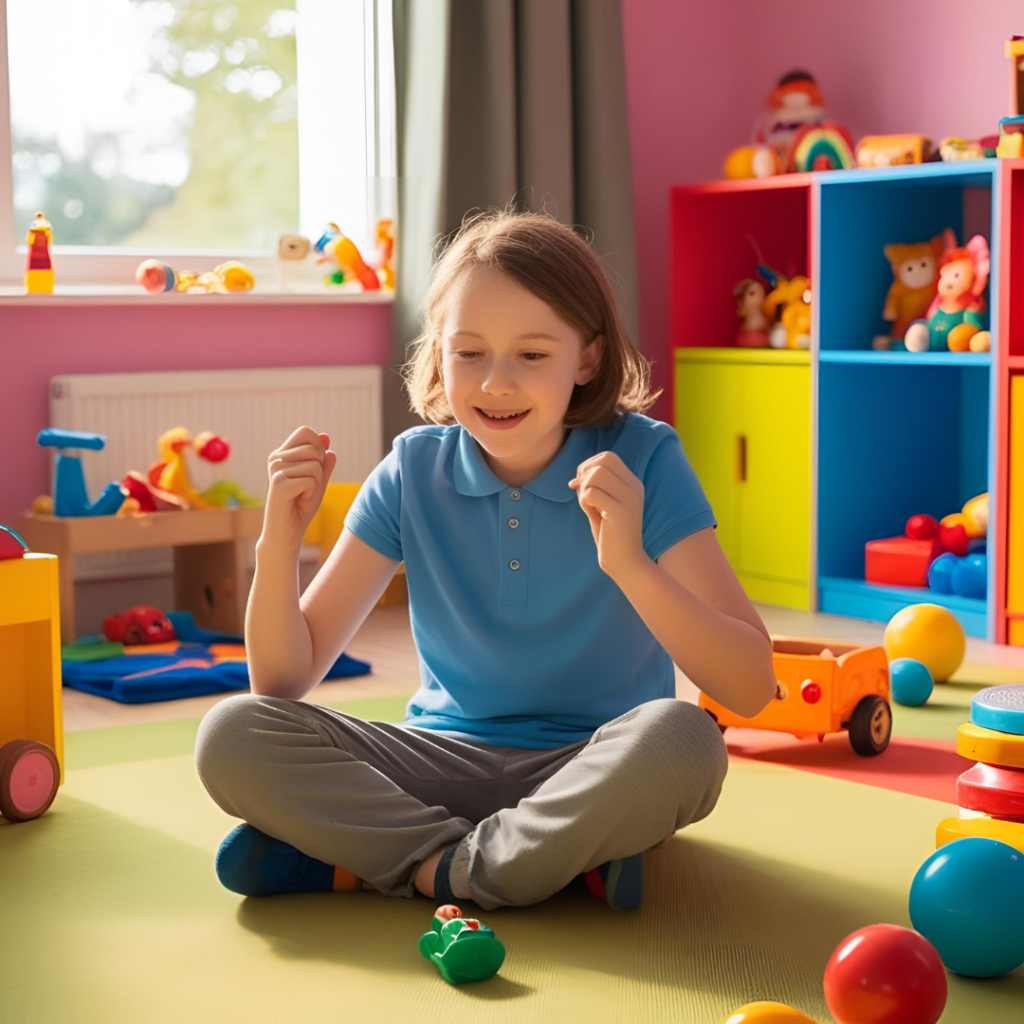- 01753 373 244 | 0800 999 1342 (Mon-Fri 9am-5pm)
- gems.4health@nhs.net
If you’re the parent of an autistic or ADHD child, you may have heard the term “masking”. Masking can play a large part in many neurodivergent children’s lives, and understanding it can help you support your child’s wellbeing and self-esteem.

Masking is when a child consciously or unconsciously hides their natural behaviours, feelings, or traits in order to fit in with those around them. For some children, this might mean copying other children’s social interactions, forcing themselves to make eye contact, or suppressing stimming. For other children, masking could involve sitting still even when they feel restless, or working extra hard to appear attentive and organised.
Children often mask at school or in public, then “let it all out” at home, where they feel safer. This can be confusing for parents and teachers, as a child may seem to cope well in one environment but struggle in another.
There are several reasons why a child might mask:
While masking might help children avoid unwanted attention, it can have negative consequences:
You may notice your child is “well-behaved” at school but has emotional meltdowns or seems withdrawn at home. This is often because they have been masking all day and are finally able to relax.
If your child seems persistently anxious, exhausted, or unhappy, or if you’re struggling to support them, consider seeking advice from professionals who understand autism or ADHD. Early support can make a big difference to your child’s wellbeing.
Masking is a complex and often exhausting part of life for many autistic and ADHD children. By understanding what masking is and creating an environment where your child feels safe to be themselves, you can help them grow up feeling accepted, valued, and confident in who they are.